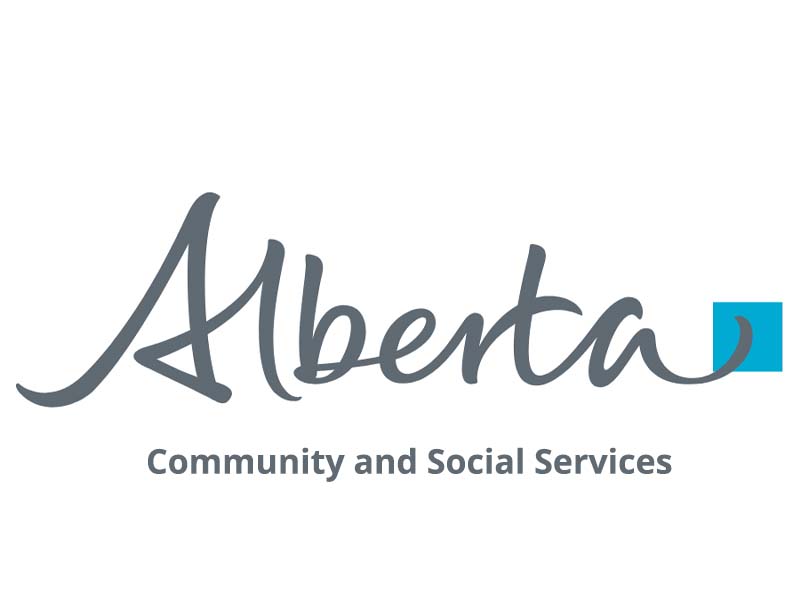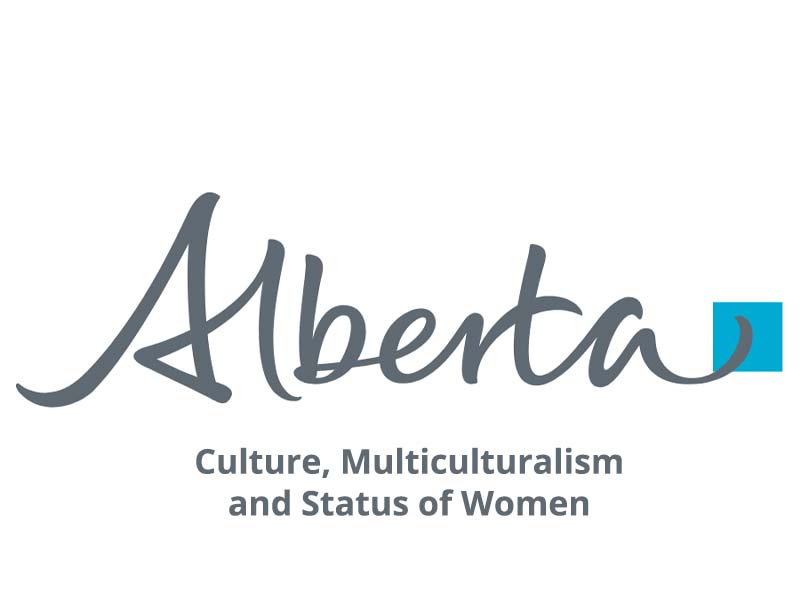Canada has various web accessibility laws and policies as its Government and many provinces are working towards making Canada a more inclusive, barrier-free country.
Quick facts about Canada’s Web Accessibility Laws
All Canada Web Accessibility Laws Cover Websites, mobile applications, and digital content and adopt WCAG 2.0 AA.
The Accessible Canada Act (Bill C-81) affects Canada’s federal public sector, Crown Corporations, and all federally regulated organizations.
The Accessible Canada Act Deadline: Failure to comply could result in a fine of up to $250,000.
Accessibility for Ontarians with Disabilities Act (AODA) affects public, private, and non-profit organizations in Ontario.
AODA Deadline: Failure of all public websites and web content posted after January 1, 2012, to comply by January 1, 2021, could result in fines of up to $100,000 for corporations or $50,000 for individuals or unincorporated organizations. Failure to comply could also damage an organization’s public image.
See why the upcoming AODA deadline is a win for Ontario and beyond
The Accessibility for Manitobans Act (AMA) affects public and private sector organizations in Manitoba.
Nova Scotia Accessibility Act (Bill 59) affects organizations and businesses in Nova Scotia.
Nova Scotia Accessibility Act Deadline: Failure to comply could result in a fine of up to $250,000.
According to Statistics Canada’s report, in 2017, one in five (22%) of the Canadian population aged 15 years and over (roughly 6.2 million individuals) have problems hearing or seeing, or suffer from one form of disability. These categories of people could face some form of limitation or restriction every day if goods, services and information and communications and the technologies are not made to be accessible.
Although the country has long had laws that prohibit restriction and discrimination of people, including those with a disability (such as the Canadian Human Rights Act of 1977, a non-discrimination law).
It is only recently the Government of Canada moved towards disability-specific laws to ensure goods, services (such as transport and employment), and information and communications technologies are accessible to people with any form of disability.
Canada’s Web Accessibility Laws
The Accessible Canada Act (Bill C-81)
The act to ensure a Barrier-free Canada, Bill C-81, the Accessible Canada Act received unanimous support in the House of Commons in May 2019 and became law after receiving Royal Assent on June 21, 2019.
The act builds on the Canadian Human Rights Act and comprehensive provincial legislation such as the Accessibility for Ontarians with Disabilities Act (AODA), The Accessibility for Manitobans Act (AMA), and the Nova Scotia Accessibility Act.
ACA is a Canada-wide accessibility act aimed at ensuring people with disabilities are not restricted from the procurement of goods and services, built environment, delivering programs and services, employment, transportation, and Information and Communication Technologies (ICT), including digital content and the technologies used to access it.
It directly falls on the Canadian parliament, Canada’s federal public sector, Crown Corporations, Canadian Forces, and all federally regulated organizations including those in the private sector e.g. transportation, telecoms, and banking sectors.
Requirements of the bill will follow the international standard, Web Content Accessibility Guidelines (WCAG) 2.0 Level AA, thus, ensuring web and digital accessibility. The Accessible Canada Act directly mandates organizations under Canada’s federal jurisdiction such as banks, railways, airplanes and inter-provincial buses, television, and radio to comply or face a fine of up to $250,000.
Canadian Standard on Web Accessibility
The Canadian Standard on Web Accessibility (2011) requires all Canadian government websites and web applications to conform to WCAG 2.0 Level AA.
It took effect on August 1, 2011, and was updated on March 31, 2013. Its objective is
“to ensure a high level of Web accessibility is applied uniformly across Government of Canada Websites and Web applications.”
The standard applies to all web pages:
- That are public-facing (i.e., available to individuals and businesses outside of the Government of Canada);
- For which the government department is accountable; and
- That are provided through websites and web applications owned and managed by the Canadian government.
Exceptions are:
- Web content that a Canadian government department is not accountable for;
- Web pages that are archived on the Web; and
- Video content provided exclusively for reuse by media for broadcast purposes.
 Become a Member
Become a Member login
login































